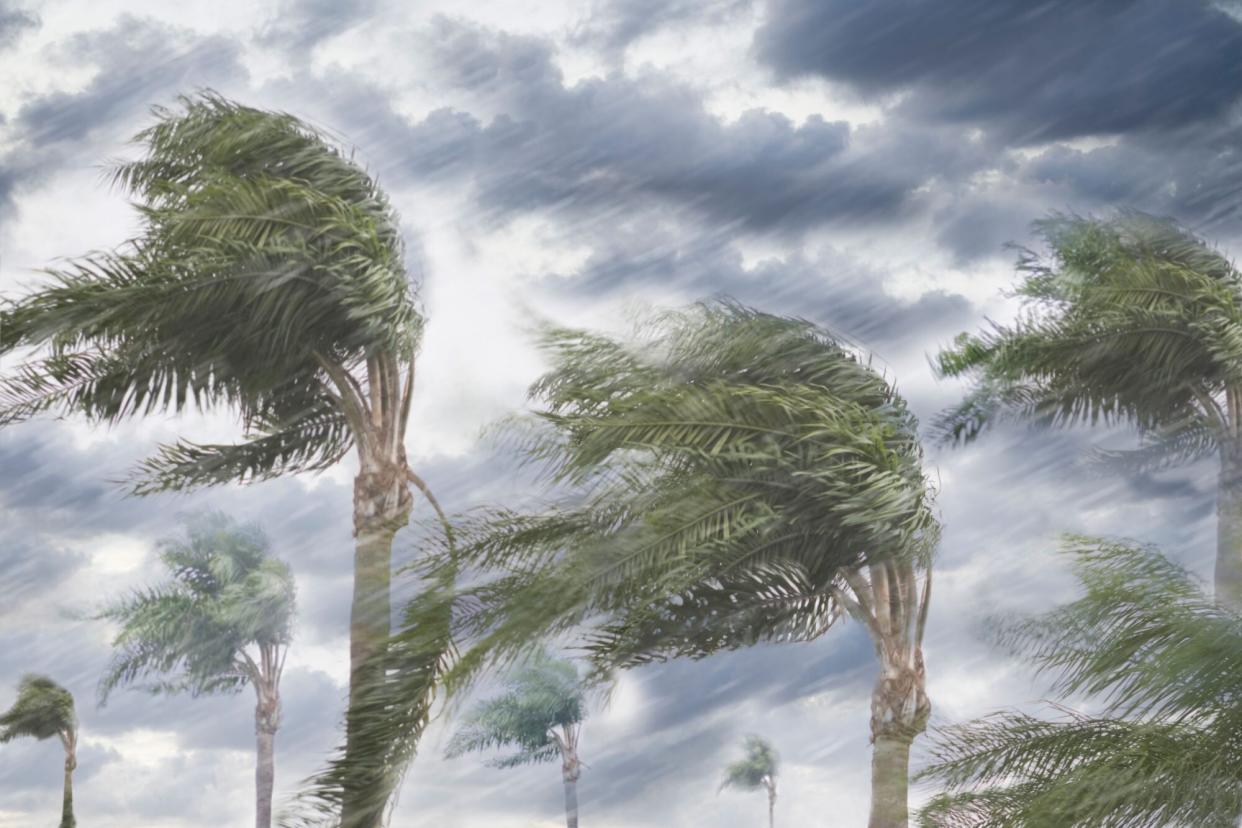What's the Difference Between a Hurricane Watch and a Warning?

Blend Images – REB Images/Getty Images
There's a lot of information to sift through when a hurricane is moving toward your community—its name, its category, its size, its direction, what damage it may do—but some of the most pressing information to understand is whether you're under a hurricane watch or warning.
The National Oceanic and Atmospheric Administration's National Hurricane Center tracks hurricanes from their earliest moments to their dissipation, and it provides the National Weather Service with the information it uses to issue hurricane watches and warnings. But what do these advisories mean, and, most importantly, what do they mean for you?
What is a hurricane watch? What is a hurricane warning? How are the two different?
A hurricane watch means hurricane conditions (sustained winds of 74 mph or higher) are possible in a specified area. This watch is issued 48 hours before tropical storm–force winds (39 to 73 mph) are expected in an area.
A hurricane warning means hurricane conditions are expected in an area. A warning is issued 36 hours before tropical storm–force winds are expected.
The difference is that a watch means hurricane conditions are possible—there's a chance they may not occur. A warning means hurricane conditions are expected and will most likely occur. The other difference between the two is that a watch is often issued hours before a warning is.
What does that mean for you?
Having this information is one thing—knowing what it means in regard to preparing your home and property for a hurricane is another. Luckily, it's pretty easy to understand.
Hurricane watches and warnings are issued to give people time to prepare their homes and business for hurricane conditions. They are issued 48 and 36 hours, respectively, before tropical storm–force winds—typically the fringes of a storm—are expected to hit the area. Tropical storm–force winds are weaker than those of a Category 1 hurricane, but at 39 to 73 mph they still make it difficult (and potentially dangerous) to ready buildings and areas for a hurricane.
When a hurricane watch is issued for your area, be on guard—learn more about the storm and follow weather updates closely. Prepare your home and review your evacuation plan in case a hurricane or tropical storm warning is issued.
If or when a hurricane warning is issued some 12 hours later, act. Finish your storm preparations and be prepared to leave the area if directed by local officials.
It's best to be prepared or to have a plan well before a hurricane watch is issued. A watch should not be the first you hear of a hurricane, and it should not come as a surprise to you, but it should serve as a not-so-gentle nudge to get you to prepare.
When hurricane conditions are nearing your area, pay attention to and follow all directions from local officials. Even if national reports say only a watch is expected, your local officials will be closer to the action and more familiar with how hurricane conditions will affect your community specifically.
For more information, visit the National Hurricane Center's website or read this pared-down explanation from the NOAA.
Most importantly, do everything within your power to stay safe during a storm, regardless of its severity!

